Well, we’ve all been there. Where it’s time for dinner, but you might as well have made tomato water. Because the consistency of your sauce is so thin, it might as well be water. If you’ve ever wondered how to thicken spaghetti sauce quickly and without ruining its flavor, this guide will help.
This could happen when you add too much pasta water into your sauce, and you accidentally drown the thick sauce with the starchy water (happens to the best of us). I find that this happens to me most often when I’m making quick sauces, like a meat sauce or light marinara that hasn’t had the time to simmer. These kinds of sauces might more resemble a saucy liquid than anything else, and I have to fix it… quickly.
Just last week, I was making a white wine cream sauce with sausages, and it was an insanely watery sauce. I wish I had this article to reference when I was trying to figure out how to fix my thin sauce. The ones I saw kept mentioning egg yolks, and let’s be honest; I’m not using those.
Lucky for you, I’ve gathered all of the best ways to quickly create a thicker sauce when you’re in a pinch for time.
Here are all of the tips and tricks that I’ve used over the years to help me out with this situation.
Hopefully, they’ll help you and your watery spaghetti sauce out and save all of your pasta dishes too.
Quick Solutions to Thicken Spaghetti Sauce
When your spaghetti sauce turns out thinner than expected, the good news is that there are plenty of quick and effective ways to fix it. Whether you prefer natural methods like simmering or fast fixes like adding cornstarch, there’s a solution for every kitchen situation. Below, we’ll dive into these methods and help you choose the best one for your sauce.
Tomato Paste
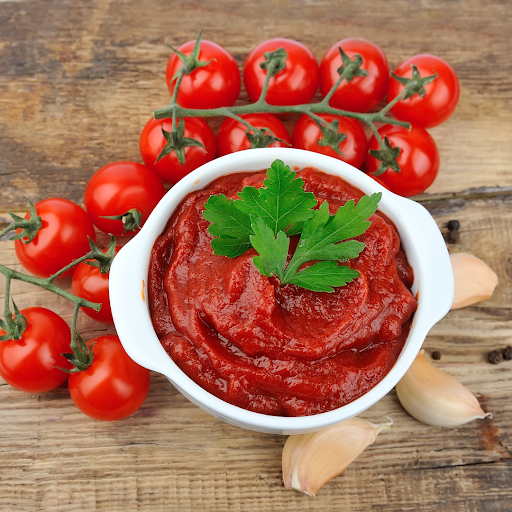
This is one of the most obvious fixes for this situation.
When in a pinch, tomato paste is the perfect way to help thicken a sauce in the nick of time.
Take some tomato paste, put it in a cup, and dilute it with a little bit of water.
Mix it up, and then when it reaches your desired consistency, add it directly to the sauce.
This is a step that should be fairly easy to eye. You can dilute it as much or as little as you like, and there’s no limit to how much tomato paste you should be using. It all depends on the amount of sauce that you’re making.
It’s important to remember that tomato paste deepens the flavor; the profile mimics that of fresh tomatoes.
So if you’re not a fan of a rich tomato flavor, you might want to try another tip when making thick spaghetti sauce.
If you’re using this method, it’s also a good idea to offset the flavor with a bit more seasoning.
Just use any of the seasonings that you’re using in your recipe for this step, and you’ll be good to go.
This is also a great hack to use when you run out of marinara sauce and need just a little bit more of it for your recipe.
It’s truly a godsend, and something I recommend everyone have in their cabinet at all times.
Flour
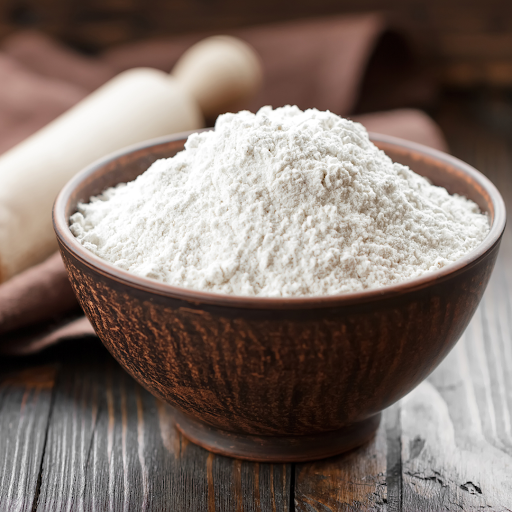
This is the specific step that helped me out in a pinch a few weeks ago when I needed it the most. I honestly hadn’t heard of this one before.
In fact, my mom was SUPER against me using it when I called her and asked permission.
Apparently, it’s sacrilege to add flour to sauce as an Italian.
“It’ll ruin the delicious sauce!”
But, what she doesn’t know won’t kill her.
What you do here is take two tablespoons of flour for every cup of water that you’re thinking about adding.
Whisk it together really well, until everything is completely combined.
Then, once it’s combined, add it directly to the sauce.
Stir it around for a bit, making sure to add some more seasoning as needed.
When I tell you this will immediately thicken the sauce, I’m not kidding.
After two minutes, you’ll think you’ve been dealing with a sauce that’s been simmering on the stove all day.
It’s such an easy way to transform your spaghetti sauce.
Be extra careful to not add too much flour, as it can overly thicken the sauce and ruin it.
Less is more here, and I learned this one the hard way too.
But it’s such a great way to thicken a tomato sauce when you’re in a pinch.
Seriously, no one will notice.
Cornstarch
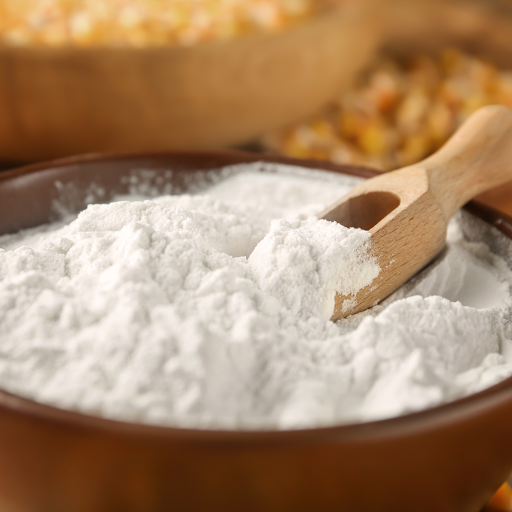
I’ll tell you a bit of a secret:
This is what a LOT of restaurants are doing to thicken a sauce.
We don’t, of course, but if you’re at a place that typically doesn’t specialize in Italian food, you might find that they’ll add a bit of this into your sauce before you get your pasta dish.
To be honest, you really can’t taste the difference.
When you’re wondering how to thicken spaghetti sauce, cornstarch is one of the easiest methods to use.
It’s kind of similar to flour, within the sense of the thickening process, but the ratios are very different.
To thicken your spaghetti sauce with corn starch, use the following steps:
First, mix one tablespoon of cornstarch with one tablespoon of water to make a cornstarch slurry.
Add the slurry directly to the spaghetti sauce as it’s cooking on low heat.
Stir continuously until the sauce reaches the desired consistency, and you’ll be good to go.
You can repeat this process as many times as you’d like, but again, less is more. Don’t add any more until you’ve let it simmer for a bit.
After about five minutes simmering on the stove, you’ll be ready to serve.
It’s important to not add too much cornstarch at once, as it can create a lumpy consistency in the sauce. But otherwise, this method looks like a charm.
Roux
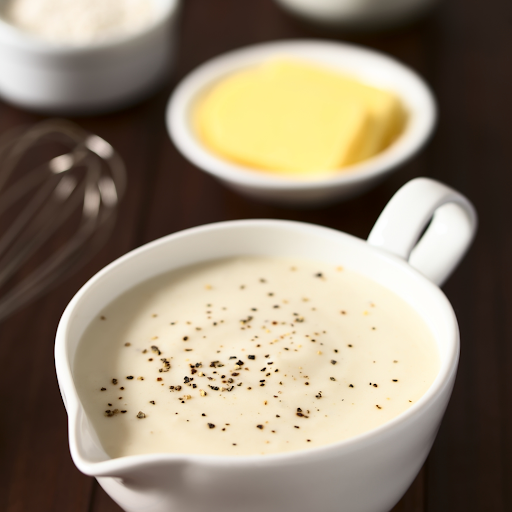
Okay, so this wouldn’t be my first choice for a thickening agent.
If you’re trying to thicken a regular tomato-based sauce, I would try using the first two options first. They’re your best options when it comes to thickening those kinds of sauces.
But if you’re looking to thicken a garlic cream sauce, or a vodka sauce, or anything else with a creamier base, this could be a wonderful choice for your thickener.
The reason being that instead of water, the roux is made with butter.
That’s right, this is a thick and creamy mixture that will blend seamlessly with your spaghetti sauce.
Making one doesn’t require a lot of time, but it does require a bit of focus to get everything just right.
First, you’re going to want to melt some butter in a saucepan over medium heat, and add equal parts flour to the pan once melted. For example, if you’re trying to thicken two cups of sauce, use two tablespoons of butter and add in two tablespoons of flour.
Stir your roux constantly for two to three minutes, until the mixture turns light golden in color.
Slowly pour the roux into the spaghetti sauce. As you’re pouring, make sure you’re constantly stirring the sauce to avoid any lumps and clumps from forming in your sauce.
Let the sauce simmer for a few more minutes until it reaches the perfect consistency.
Breadcrumbs

This might sound controversial to some, but hear me out:
As the breadcrumbs cook, they absorb the moisture in the sauce, allowing it to become more thick.
Especially if you’re making a meat sauce with ground beef and quite a bit of ingredients present, this is a foolproof way to easily thicken the sauce if you’re in a pinch.
Start small and add to your measurements as needed.
By small, I’m talking ¼ cup. Add those breadcrumbs to your sauce, and stir continuously to allow them to absorb and thicken into your sauce.
Keep adding breadcrumbs in by the ¼ cup until you reach your desired consistency.
It’s important to use unseasoned bread crumbs, as you don’t want the flavor of your sauce to be affected.
If you prefer a smoother sauce, try blending the breadcrumbs in a food processor or blender before adding them to the sauce.
If you don’t have plain unseasoned breadcrumbs, try using some leftover stale bread. It’ll have just about the same effect.
Grated Cheese

This is definitely one of my favorite ways to quickly thicken a sauce.
Who doesn’t love cheese?
Even me, who is severely lactose intolerant, loves eating cheese.
I find that harder cheeses such as grated Romano or parmesan cheese don’t bother my stomach as much.
Maybe it’s because I grew up eating them all the time, or maybe it’s because my mom and grandmother would dump each kind right into the sauce, every single Sunday.
To me, a harder grated cheese like these just adds to the flavor.
Not a soul will notice that you’ve added it into the sauce, which is a plus.
It usually gets added anyway.
As you’re stirring your sauce, add in about a half cup of grated cheese to the mix.
Stir to emulsify, and let simmer on the stove for a few minutes.
Repeat this process as many times as necessary, or until you’ve reached the desired thicker consistency.
Season as necessary to make up for the additional inclusion of any cheese.
Since cheese is a common allergen, be sure to make sure that nobody eating your spaghetti sauce has a dairy allergy before completing this step. If so, you might want to try one of the other different ways first before resorting to this step
This step works wonderfully in any delicious spaghetti sauce, but I especially like using this step when making vodka sauce or any cream based sauce.
Heavy Cream
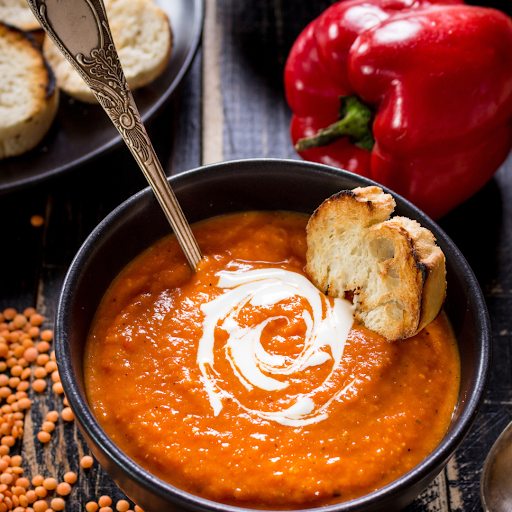
This isn’t anything I’d recommend using for a regular tomato sauce.
But again, with creamy sauces such as a garlic cream sauce, vodka cream sauce, or even a pink sauce, this is a wonderful addition.
As you all know, heavy cream is one of the best natural thickening agents there is when it comes to the cooking world.
The issue is, it’s not the best for you, and if you’re lactose intolerant like me, it may hurt your stomach.
But, on the flip side, it’ll thicken up well when added to your sauce, especially if you allow the sauce to simmer on the stove for a few minutes before serving.
As is the same with anything else that I’ve listed here, less is more.
Less is always more, to ensure that you keep the same flavors and tastes that you’ve created in your sauce thus far.
In order to achieve the perfect outcome with this, add your heavy cream in ¼ cup increments.
As you add the cream directly into your sauce, stir everything with a wooden spoon until your desired consistency is reached.
If everything is still a little too thin, keep adding heavy cream, again in ¼ cup increments, until the preferred thickness is achieved.
Once content, remove the sauce from heat and let cool down for a few minutes before serving.
Note: too much heavy cream in your pasta sauce may result in an overpowering creamy texture and flavor profile. Use this step with caution.
Reduction
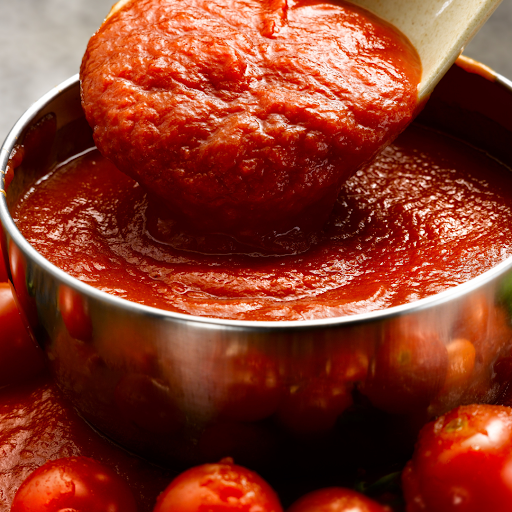
This last method is great if you have extra time, and is probably the only solution that I’ve listed that is tried, true, and acceptable to any Italian grandmother out there.
It’s called simmering.
And it’s something that we’ve talked about here many times before.
The longer you let homemade spaghetti sauce simmer, the thicker it will get.
I’ve let sauce simmer on the stove for up to seven hours before, and it’s turned out nice, thick, and delicious every single time.
At the end, you’re going to want to loosen the sauce up with a bit of leftover pasta water.
The starchy water will blend together with the flavors of the tomato sauce nicely, giving your sauce a warm, rich, silky flavor.
This method is only good if you have the time. If you have all day, you can let the sauce simmer as long as you want.
Just make sure you stir every 30 minutes, skimming the olive oil off of the top as you go along.
But if you’re in a pinch for time and need dinner on the table immediately, one of the first few methods might be a better option for you.
By allowing the sauce to simmer for a long time on the stove, you don’t need to add any more seasoning to offset the new flavors that you’ve added into the mix.
All you need is time to create a thick texture.
For that reason alone, this is my second favorite way of thickening spaghetti sauce.
My Favorite Options
If you were wondering which two options were my favorites, it would be the tomato based ones.
The addition of extra tomato paste does virtually nothing to the flavor profile of the spaghetti sauce, besides maybe making it a bit more rich.
Similarly, with letting the sauce simmer, all it does is bring out the robust flavors of the tomatoes a bit more.
Each way will stay true to the tastes that make a sauce so great, which is why I love using these methods when thickening my sauces.
But of course, every single one of these methods listed will help you out when you’re in a pinch and need to save dinner before it’s served.
Pro Tips for Perfect Spaghetti Sauce
- Use the Right Tools: An immersion blender can puree vegetables directly in the pot to thicken the sauce.
- Start with Less Water: Avoid adding excess water to your sauce during cooking.
- Balance Flavors: If you add thickening agents like cheese or flour, adjust your seasoning to maintain the flavor profile.
FAQ: How to Thicken Spaghetti Sauce
Can I use flour to thicken spaghetti sauce?
Yes, you can use flour, but mix it with water first to create a paste before adding it to your sauce. This prevents clumping.
What’s the best natural way to thicken spaghetti sauce?
The best natural way is to simmer your sauce uncovered. This allows excess water to evaporate, naturally thickening your sauce without adding ingredients.
Will adding pasta water help thicken my sauce?
Yes, the starch in pasta water can help thicken your sauce slightly, but it’s best used as a secondary method combined with others.
Final Thoughts
Learning how to thicken spaghetti sauce doesn’t have to be complicated. Whether you prefer simmering, adding a thickener, or blending ingredients, the key is experimenting to find what works best for your recipe.
Bookmark this page for future reference and let us know in the comments your favorite ways to fix a thin spaghetti sauce.
Explore more easy-to-follow recipes on our website!

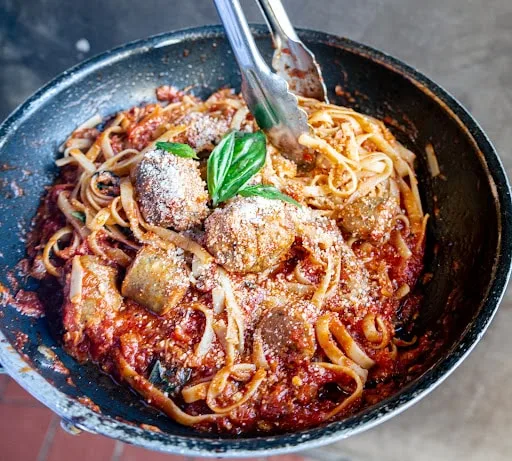





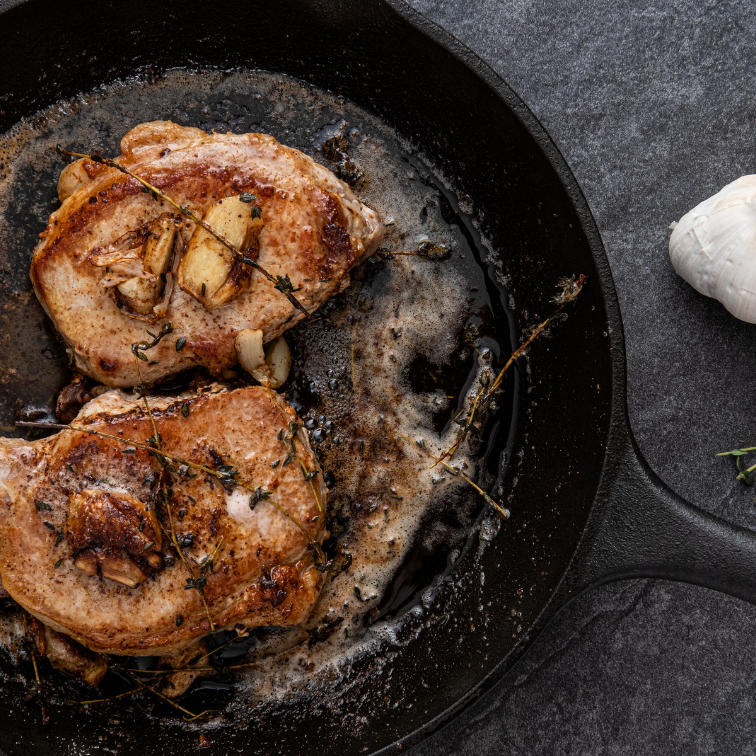


One Response
Instant mashed potato flakes takes about 5 seconds. I’ve done it.